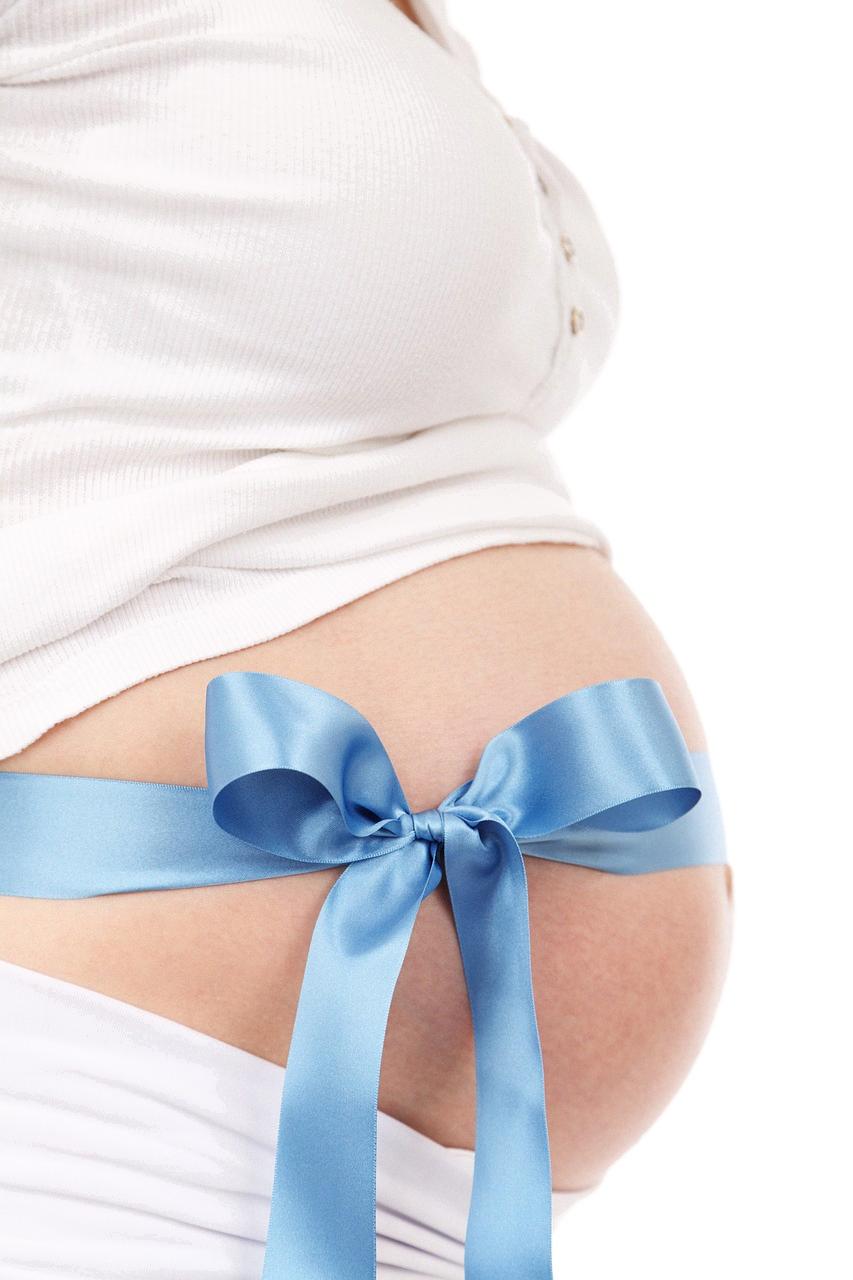When it comes to distinguishing between PUPP (Pruritic Urticarial Papules and Plaques of Pregnancy) and Pemphigoid Gestationis (PG) rash, it’s essential to delve into the distinct characteristics of each condition to ensure accurate diagnosis and appropriate treatment.
PUPP, a common skin condition that typically occurs during the third trimester of pregnancy, is characterized by the presence of red, raised bumps and patches on the skin. These papules and plaques are often intensely itchy, causing significant discomfort for expectant mothers.
In contrast, Pemphigoid Gestationis, also known as herpes gestationis, is a rare autoimmune disorder that manifests as a blistering rash during pregnancy. Unlike PUPP, PG rash is associated with the formation of blisters on the skin, which contain fluid and can be painful.
Another key point of differentiation between PUPP and PG rash lies in their underlying causes. PUPP is believed to be primarily triggered by the stretching of the skin as the abdomen expands during pregnancy, leading to the characteristic papules and plaques. On the other hand, PG rash is an autoimmune condition, where the body’s immune system mistakenly targets proteins in the skin, resulting in blister formation.
Diagnostic methods play a crucial role in distinguishing between PUPP and PG rash. While the diagnosis of PUPP is often based on the clinical presentation of the skin lesions and the absence of blisters, confirming a case of Pemphigoid Gestationis typically involves laboratory tests such as immunoblotting or ELISA to detect autoantibodies against specific skin proteins.
Furthermore, the treatment approaches for PUPP and PG rash vary depending on the underlying cause of the condition. In the case of PUPP, management typically involves topical steroids, antihistamines, and moisturizers to alleviate itching and inflammation. Conversely, Pemphigoid Gestationis may require systemic corticosteroids or immunosuppressants to control the autoimmune response and reduce blister formation.
Despite their differences, both PUPP and PG rash can have a significant impact on the quality of life of pregnant individuals, emphasizing the importance of timely diagnosis and appropriate management strategies. Consultation with a healthcare provider is essential for accurate diagnosis and personalized treatment options tailored to individual needs.
In conclusion, understanding the disparities between PUPP and Pemphigoid Gestationis rash is crucial for healthcare professionals and expectant mothers alike to ensure optimal care and outcomes during pregnancy. By recognizing the distinct features and underlying mechanisms of these conditions, healthcare providers can deliver targeted interventions that address the specific needs of each patient effectively.

